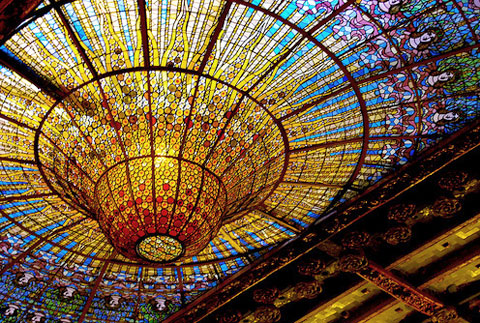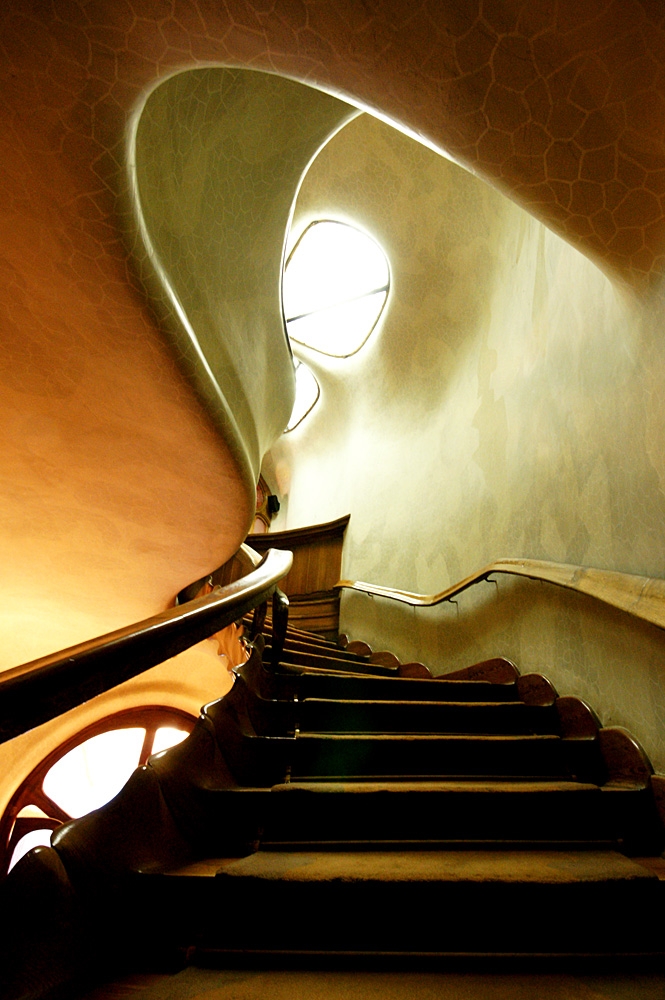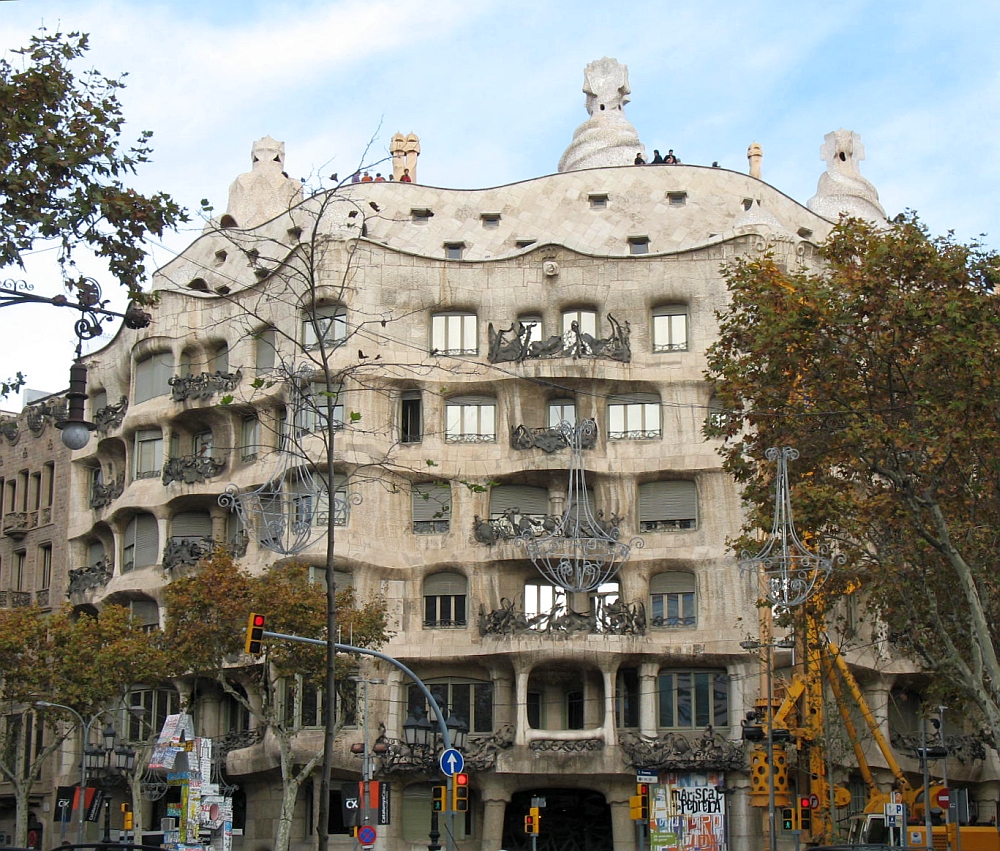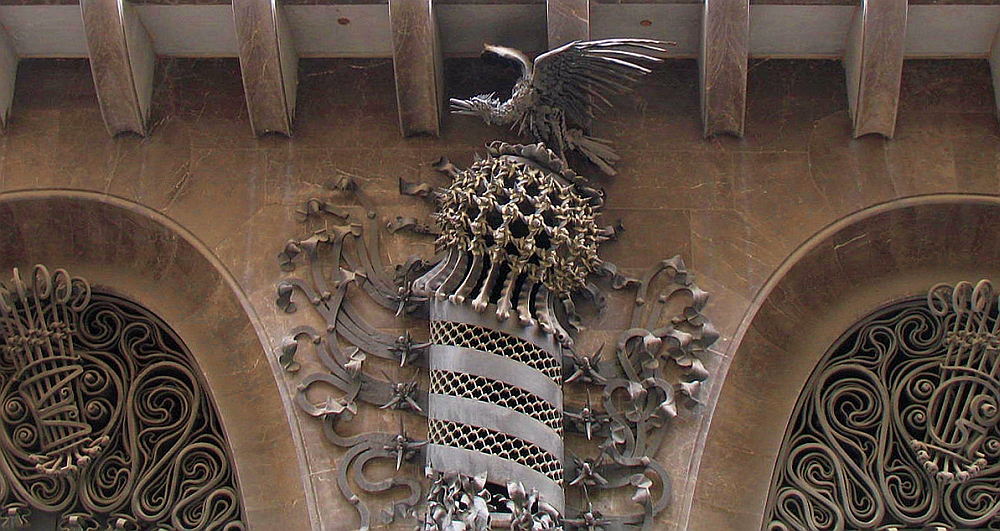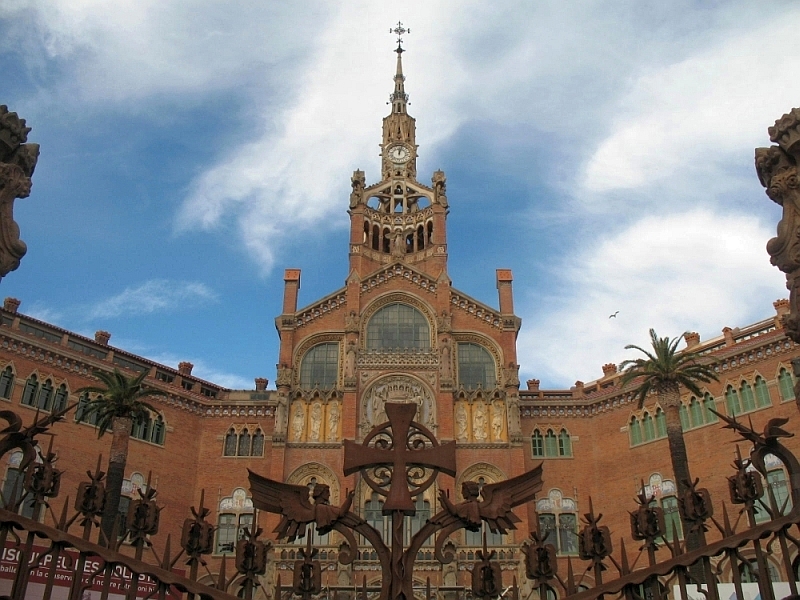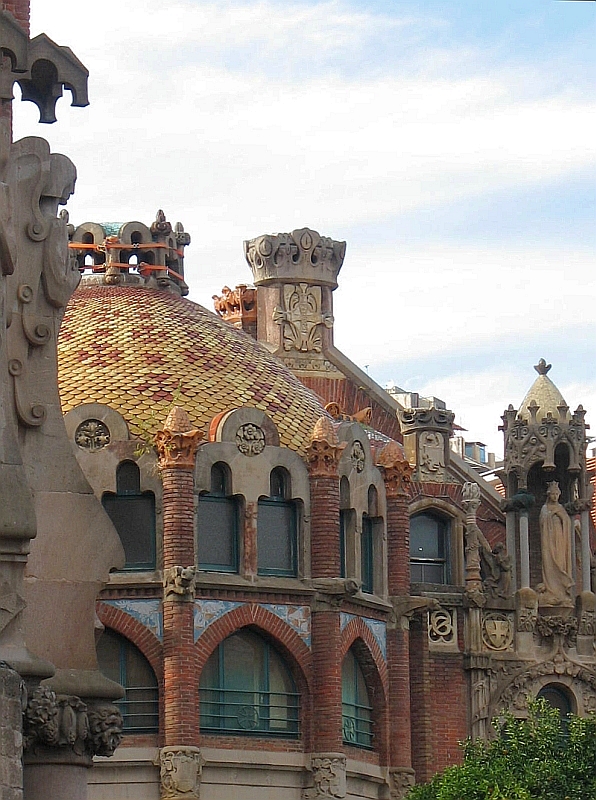Port 2 – Cannes
Cannes dawned cold and inclement. So we bundled up for the weather and stoically headed for the train station. Having been to Nice and Monte Carlo before, I decided visit Antibes in the morning and then check out Cannes and its Christmas market afterwards.
Antibes is a romantically picturesque town less than 15 minutes by train from Cannes. Thankfully ignored by most cruise passengers who headed for the glitzier cities of Nice and Monte Carlo, we had the place to ourselves. Vieil Antibes (Old Town) is an eclectic mix of homes, boutiques, galleries, restaurants and bakeries. It also includes the souklike neighborhood of the Commune Libre du Safranier. It was fun to get lost in the maze, where narrow streets and even narrower houses are covered with flowers & vines, and neighbors can chat from window to window.
We eventually ended up at the waterfront, but except for the cafes, it was too early – at 11 am most places were still shuttered. After fortifying ourselves with hot chocolate and crepes (on top of the 2 pain au chocolates…) we headed back to the train station. I’d love to return and sit stroll through the streets on a sunny day!




Not half as charming as Antibes, Cannes is home to the Palais de Festivals where the fabled Cannes Film Festival is held. As the French answer to Grauman’s Chinese Theater, the surrounding pavement of the Palais shows some 300 autographed imprints of film stars’ hands (Meryl Streep and Sharon Stone’s included). At the nearby La Croisette, the tony waterfront promenade is lined with sumptuous hotels, apartments, restaurants and shops all geared for high octane consumption.
After much WINDOW shopping, we wandered around the festive side streets which were decked out in Christmas decorations, went hog wild over the scrumptious rainbow hued macarons at L’Atelier Jean-Luc Pelé and then visited Marché Forville. It’s a food market where local chefs come to shop for fresh fish, vegetables, and meat every day except Monday – our port day. I was bummed. In its place was a forlorn looking flea market that drew little traffic from locals or tourists alike. We eventually braved the blustery wind to walk along the old port walls, just for the heck of it, then checked out the meager Christmas Market before getting back onto the ship.



Port 3 – Barcelona
Since Barcelona was the epicenter of the Modernisme (Catalan for modernism) movement, I was bent on experiencing its architectural treasures. In a moment of (irrational) exuberance, I got tickets to see architect Lluís Domènech i Montaner’s Palau de la Música Catalana shortly after docking, and then join a Antoni Gaudí walking tour at the Plaça Reial (Royal Plaza) immediately afterwards. We ended up almost missing both, dashing haplessly up and down La Rambla, Barcelona’s main drag, as the locals point us in opposite directions for the landmarks.
But it was well worth the effort – the Palau’s sculpture, ceramic and stained glass were stunning; and the walking tour shed light on the life and work of the creative genius that was Antoni Gaudí. Both Gaudí and Montaner favored organic forms, curved lines and parabolic arches, as well as extensive ornamentation using ironwork, stained glass and stone.
To cap off the day, we wandered quietly around the grounds of Montaner’s Hospital de la Santa Creu i Sant Pau, which like El Palau, is a UNESCO World Heritage site.

